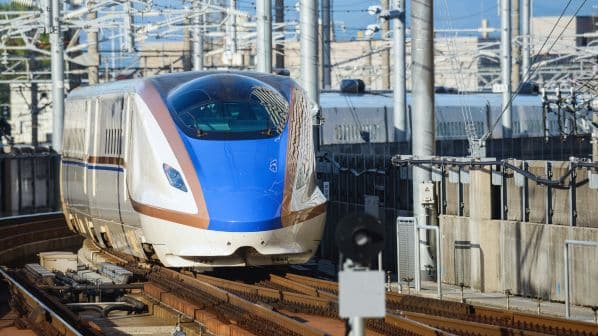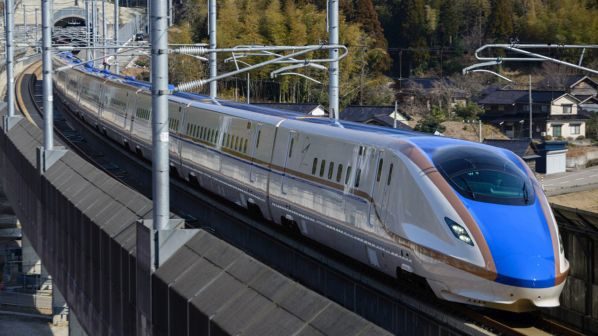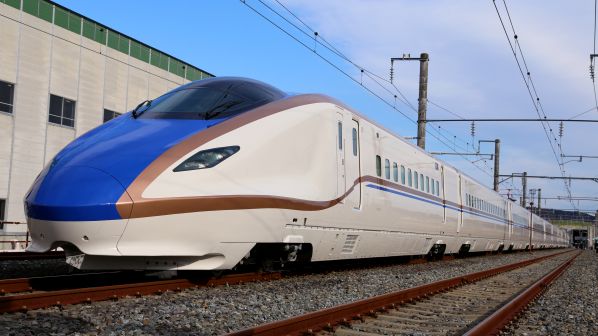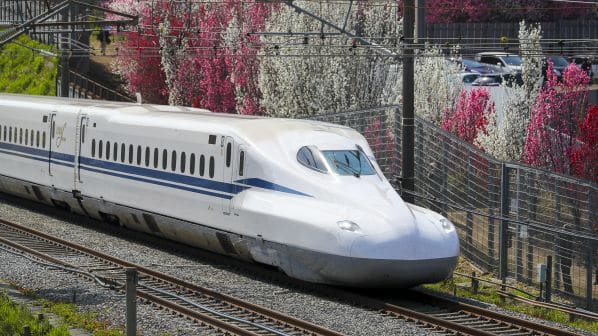EAST Japan Railway (JR East) and West Japan Railway (JR West) have confirmed an agreement to work together to operate series E7/W7 high-speed trains on the Hokuriku Shinkansen under automatic train operation (ATO).
The 345.5km Hokuriku Shinkansen high-speed line connects Tokyo with Kanazawa and is operated jointly by JR East and JR West. Under the agreement, both railways will develop ATO systems for the E7/W7 trains as well as infrastructure, with the aim of reducing the cost of automatic operation and enabling through operation using ATO.
Both companies are already actively working on automated mainline railway technology to enhance operational efficiency by addressing future human resources challenges arising from social issues such as Japan’s decreasing birth rate, ageing population, and changes in working practices.
JR East’s Move Up 2027 strategy is targeting the development of driverless operation at Grade of Automation (GoA) 3 and 4. The railway successfully tested automatic operation of a non-revenue service train between Niigata station and the Niigata Shinkansen fleet maintenance depot on the Joetsu Shinkansen in 2021. It is now targeting the successful implementation of this technology on non-revenue service trains at GoA 4 - entirely driverless - by the end of the 2020s. It also plans to introduce GoA 3, where a driver is present purely in a supervisory capacity, on revenue service trains operating between Tokyo station and Niigata station by the mid-2030s.
Likewise, JR West has been conducting substantive tests with ATO at the Hokuriku Shinkansen’s rolling stock depot at Hakusan since 2022. Specifically, the tests have evaluated automated driving functions and are being used to identify the technical challenges of deploying a control system able to autonomously control speeds and stop a train at a specific location.




